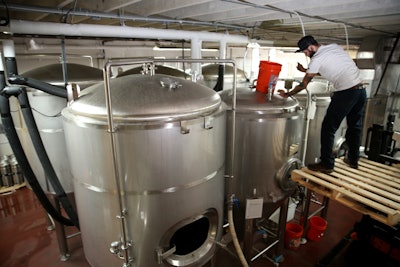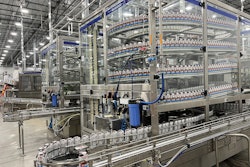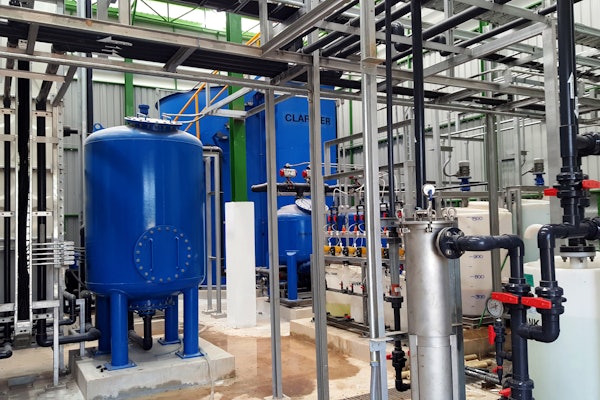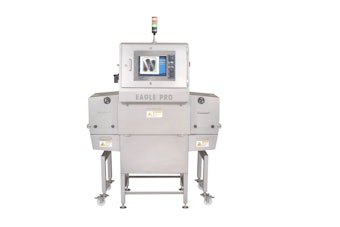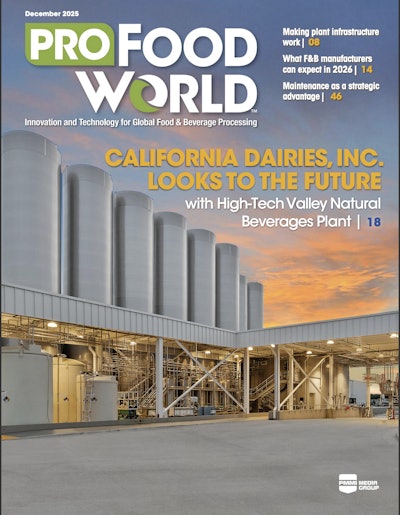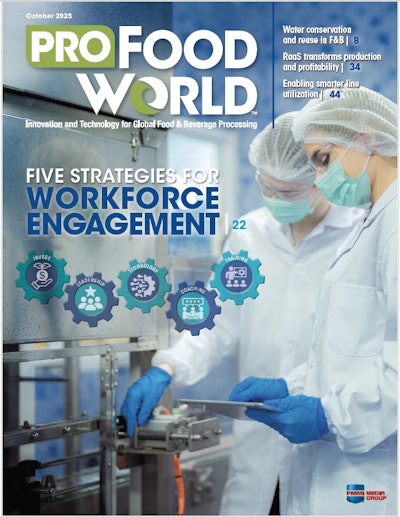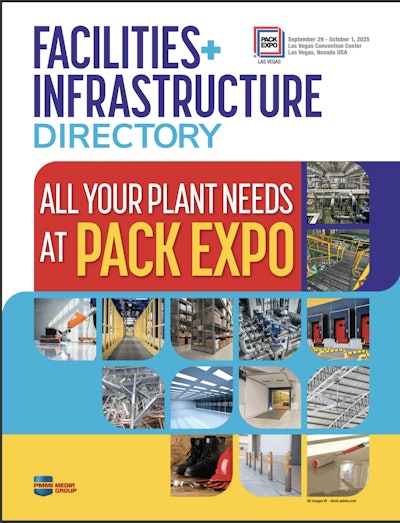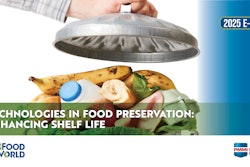Industrial fermentation is an evolving process and avenue for food manufacturers to meet the demand of consumers searching for alternative protein products. There are several fermentation methods to produce proteins, but some are more sustainable than others.
Vivici, a Dutch ingredients startup, has launched a dairy protein called Vivitein BLG in the U.S. market, the company announced in a press release. The protein ingredient is produced through precision fermentation, and Vivici says the product will offer sustainability benefits over conventional methods of protein production, such as 86% less water usage and a 68% lower carbon footprint.
One process variable that can determine the sustainability of such protein products is the feedstock given to microbes that produce products, according to insight from a June 2024 World Bio Market Insights article.
“Feedstock refers to whatever sugar-based food is given to bacteria and constitutes the raw materials that the microbes will transform into a target chemical,” the article reads. “Many parts of the fermented manufacturing industry still use sugar cane or corn sugar as their microbe feed in their fermentation processes. However, the practice of using harvested food crops for industrial purposes is an incredibly wasteful practice that puts pressure on land. It uses up precious, carbon-intensive farming inputs for industry rather than human consumption.”
Three more sustainable processes
World Bio Market Insights provides three examples of three more sustainable fermentation feedstock sources: food industry waste, forestry waste, and carbon dioxide.
Hyfe, a chemical manufacturing materials startup, extracts sugar from wastewater produced by food manufacturing facilities and turns it into standardized microbe feed for precision fermenters to use. This method can save food producers operating expenses, and the sugars for fermentation use are more abundant.
Next, manufacturers can use lignocellulose, an organic compound that makes bark rigid, into sugars for feedstock. World Bio Market Insights states this forestry wastestream has not been as easy to commercialize. However, the process is still less costly, and like food manufacturing wastewater, the forestry compound is abundant.
Lastly, carbon gas can act as a feedstock, as there are certain bacteria found either through nature or by genetic modification, that can absorb gas from the atmosphere and convert it into proteins.
These processes continue to be refined, and it would not be surprising to see more methods developed.
Food manufacturers looking to break into the protein producing market via fermentation can use the feedstock methods to ease costs and reduce their impact on the environment. Companies like Vivici are making sustainability a priority, and others can follow suit by considering alternative processing methods.
